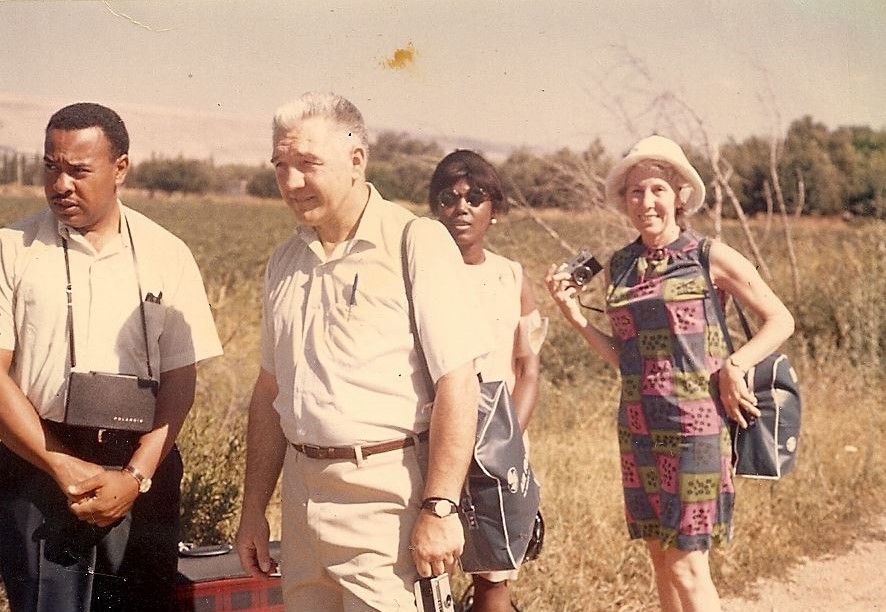After World War II, blacks in Georgia were vulnerable to predatory behavior of landlords. Some were evicted and then, because they did not have a stable address, were refused the right to vote. The goal in starting a community land trust was to ensure housing stability and secure their right to vote.
In June 1968, a group of community leaders traveled to Israel to learn about developing homes and cooperatives on community-owned land. They collected legal agreements from Israel as a basis for what could be used in the US. This led to the creation of New Communities, Inc., which is considered to be the first community land trust in America. In 1969, they purchased 6,000 acres of land in Albany, Georgia, which was the largest black-owned landholding in the U.S.





However, unlike other farms in the area, New Communities did not obtain government support during a drought. Instead, the community owners were denied loans, their phone calls were ignored, and their paperwork went missing. By the 1980s, New Communities had to give up all of its land.
Ten years later, New Communities took part in a joint civil action lawsuit filed against the State of Georgia and the federal government. They were awarded $12M, which allowed them to purchase a 1600-acre parcel from the richest person in Georgia. It had been a plantation once supported by the work of about 100 slaves. Nowadays, the CLT maintains the building, operates an Airbnb business out of it, and also offers conference room spaces and other amenities.
In other parts of the US, the first urban community land trusts focused on creating stable housing began in the 1970s. One community land trust in Cincinnati, Ohio, was created when longtime residents of an area were in danger of being displaced by downtown development.
In the 1980s, municipal governments got involved. One community land trust in Boston, Mass., received eminent domain status, meaning that the government seized private property by providing proper compensation but without owner consent, on its 38 acres.
Since then, various types of cooperative housing developments have grown across the US. Some are real estate cooperatives, which sell shares of their investment portfolio and provide returns for investors. Tiny home communities with shared amenities, such as Emerald Village in Eugene, Oregon, allow people to build their own affordable housing. Renters in apartment buildings, when faced with eviction due to the sale of the property, have banded together to purchase the property and take responsibility for it together.


With the demographics of the US changing, housing should meet the occupants’ needs. Demand for affordable housing has increased because housing costs have outpaced the median earnings of a person or a household. Community land trusts are one approach to helping at-risk seniors and residents of all ages maintain stability and security in an ever-changing modern landscape.

